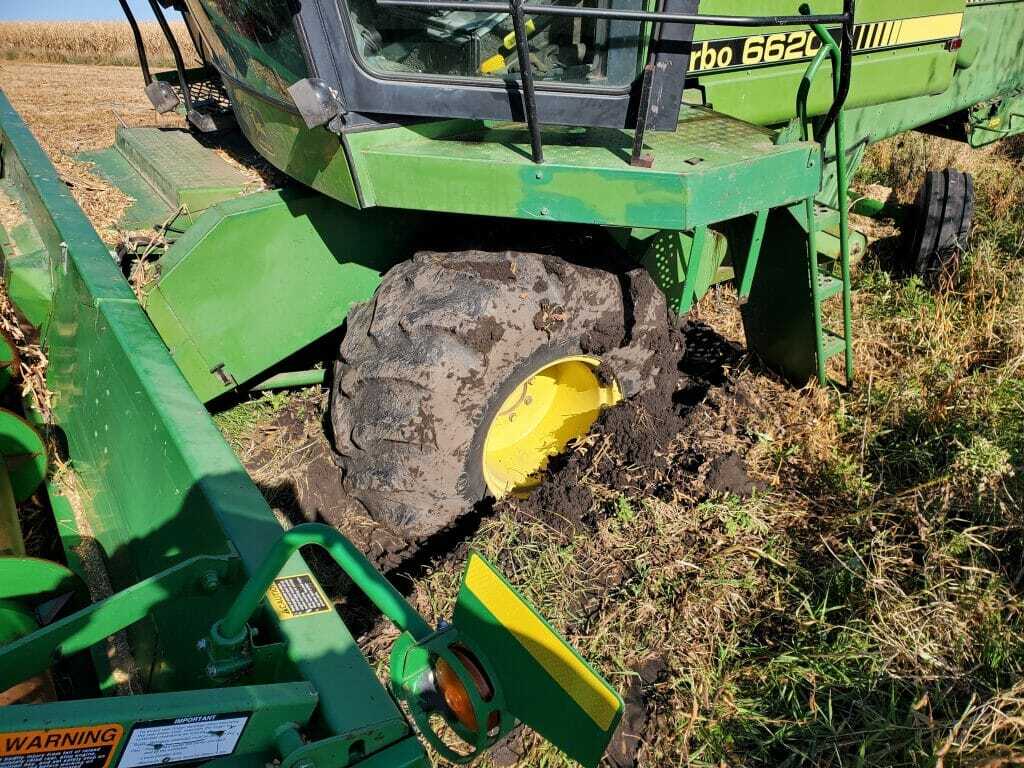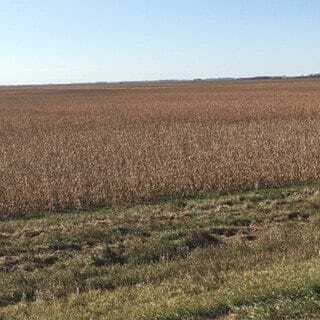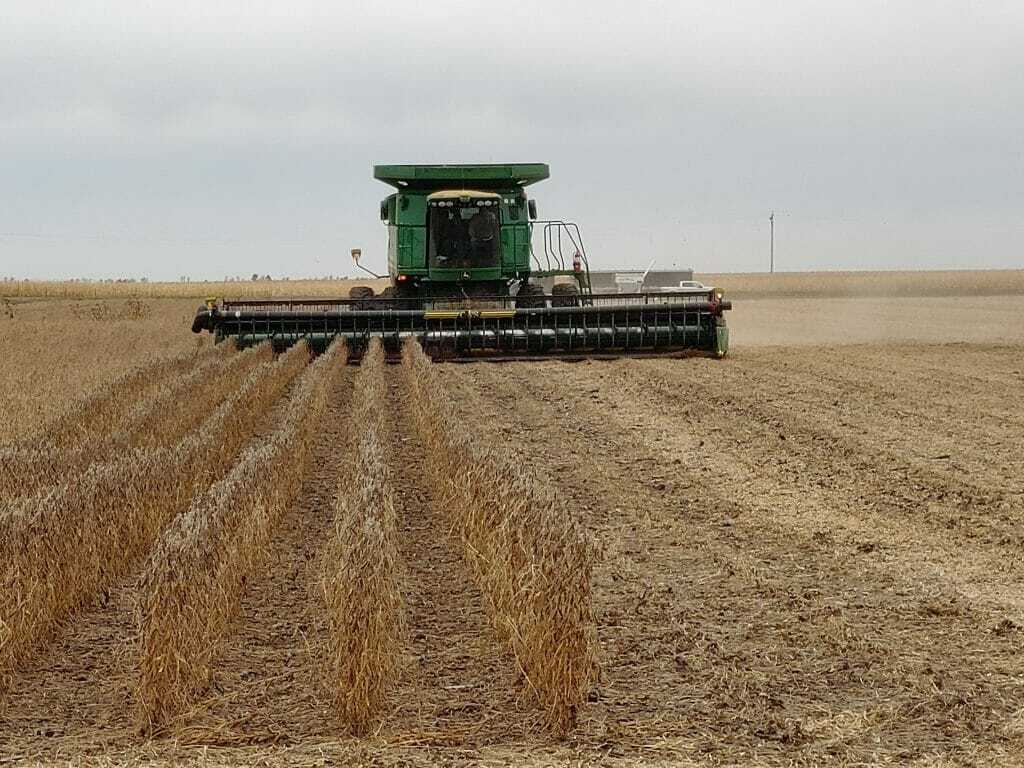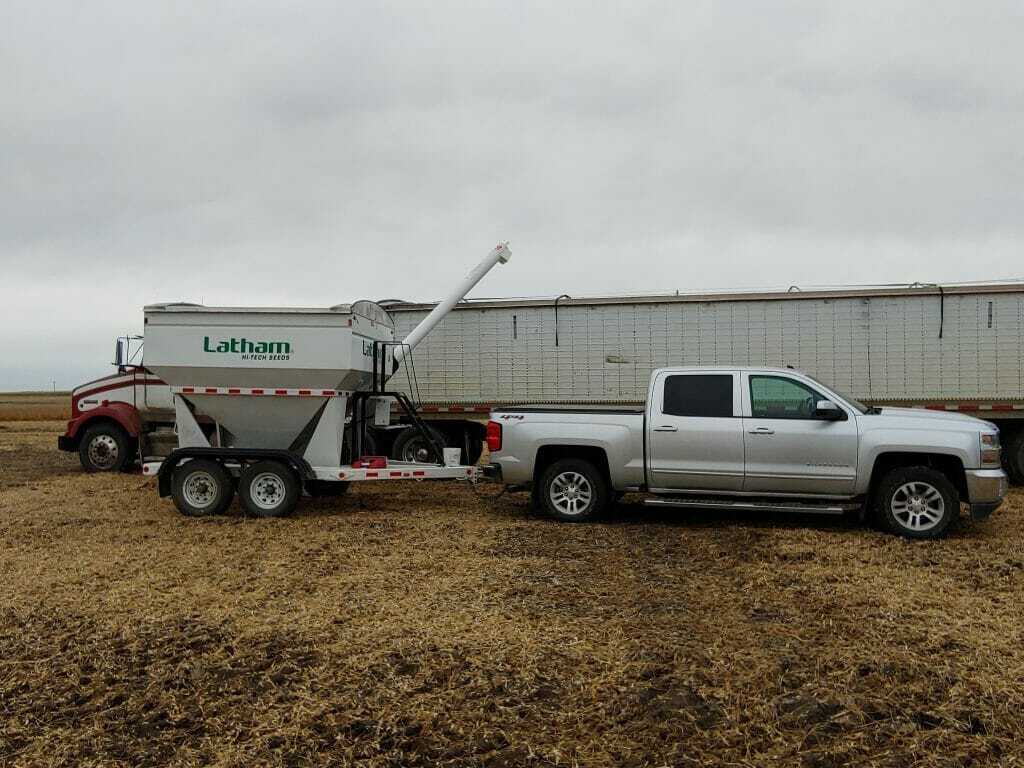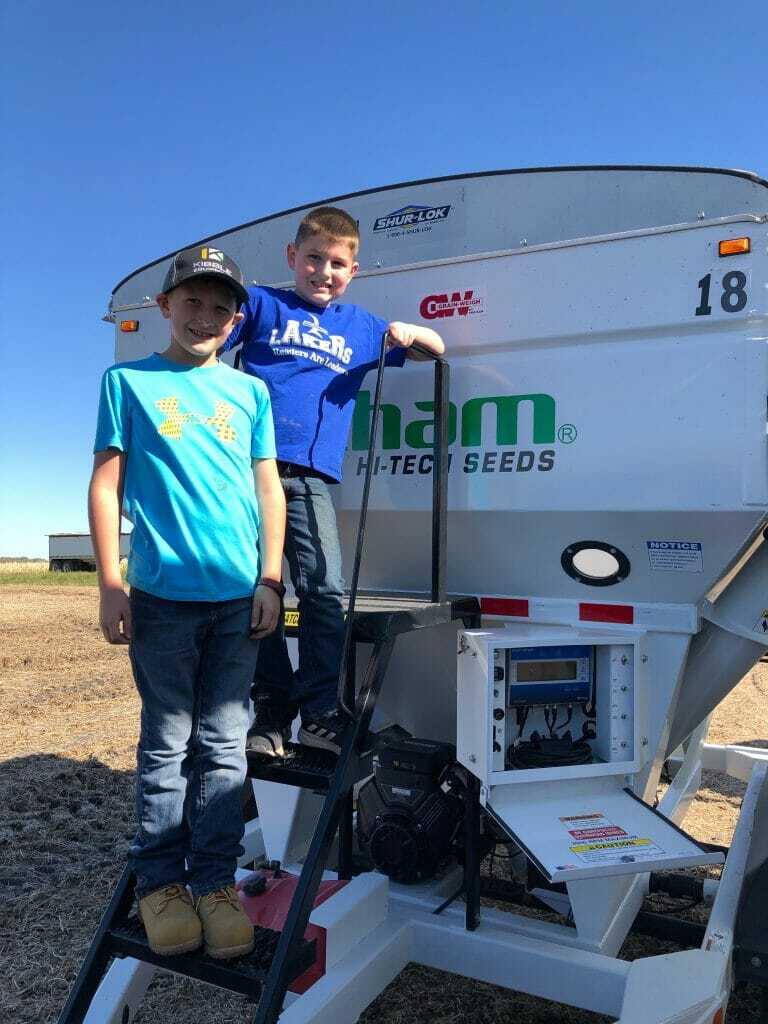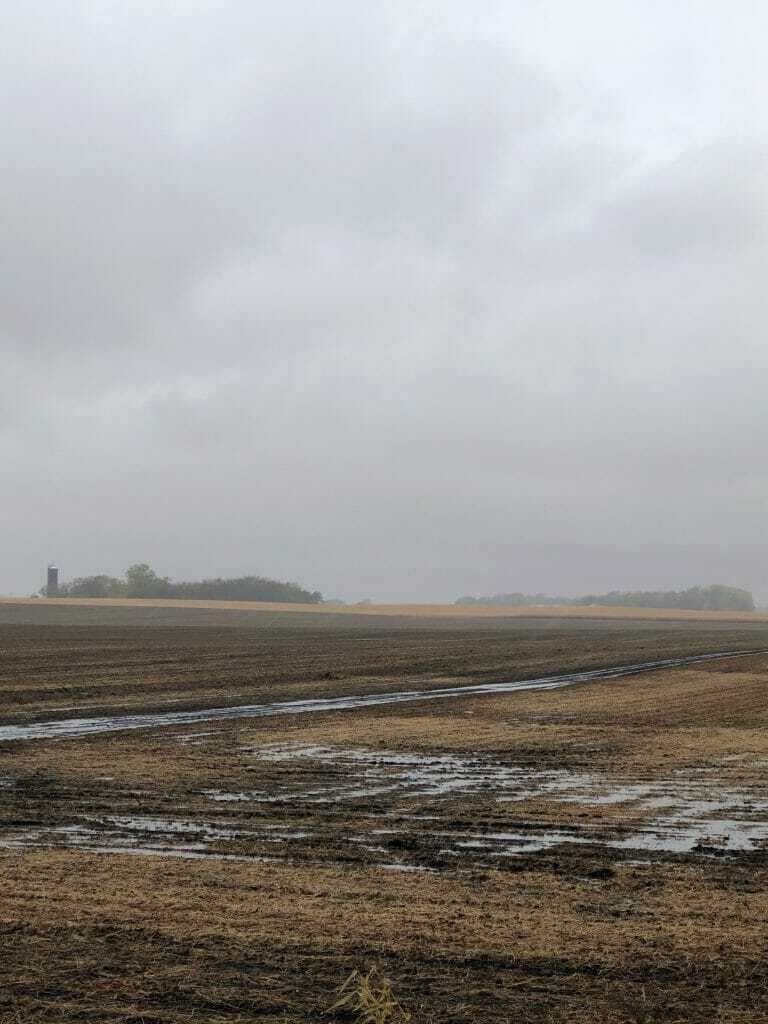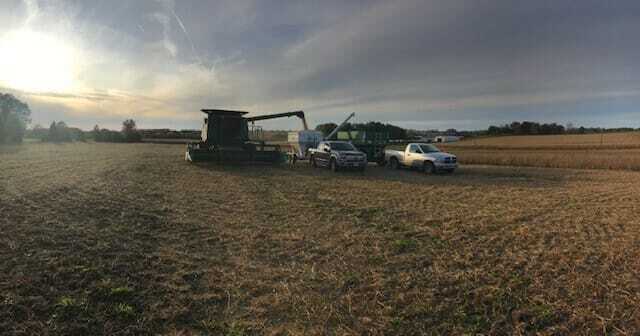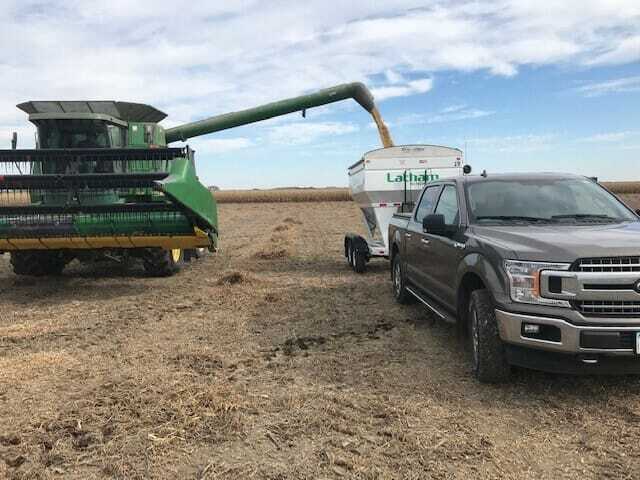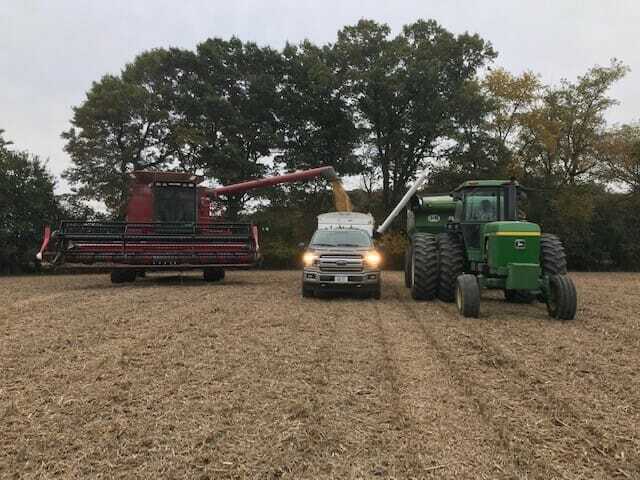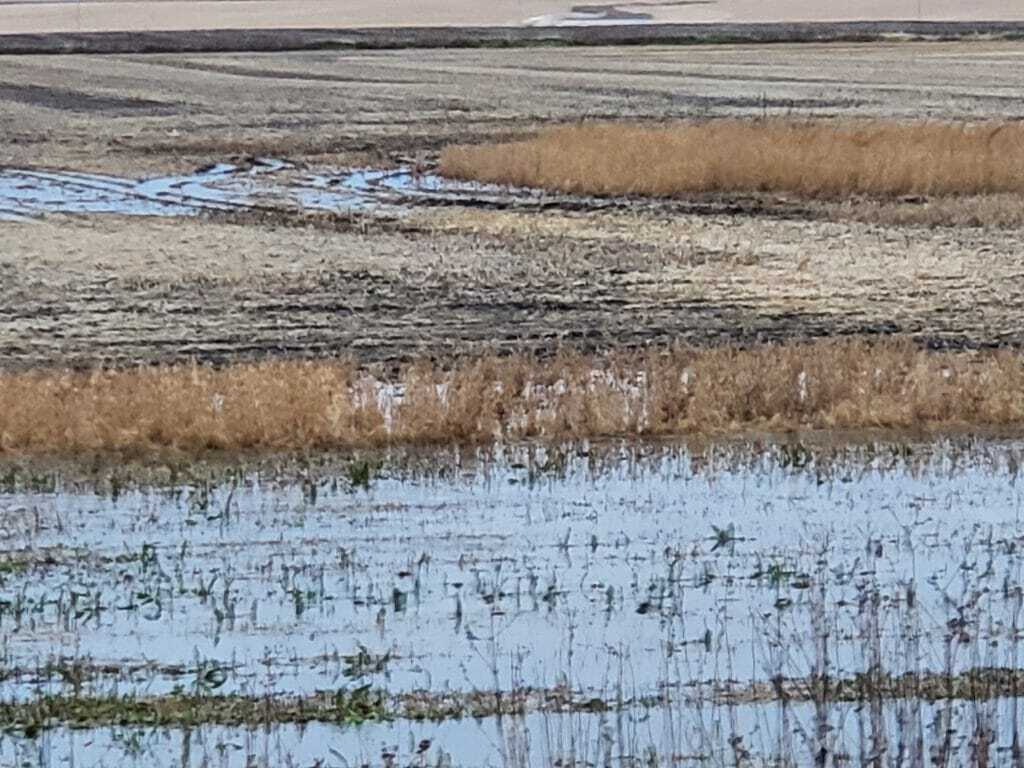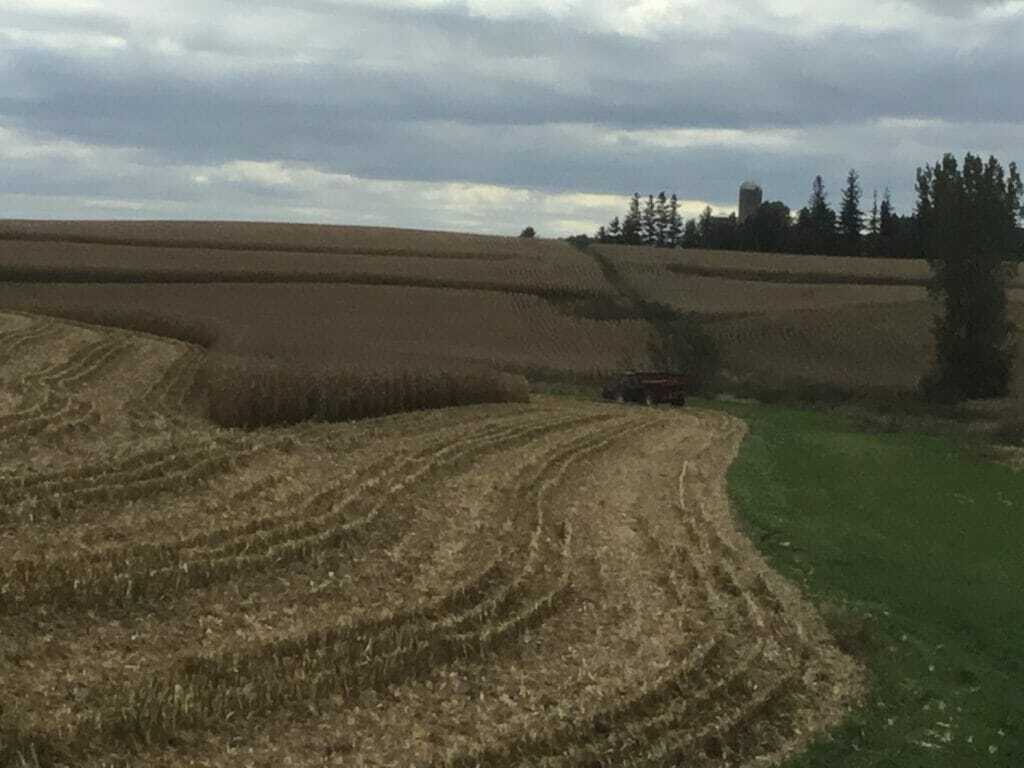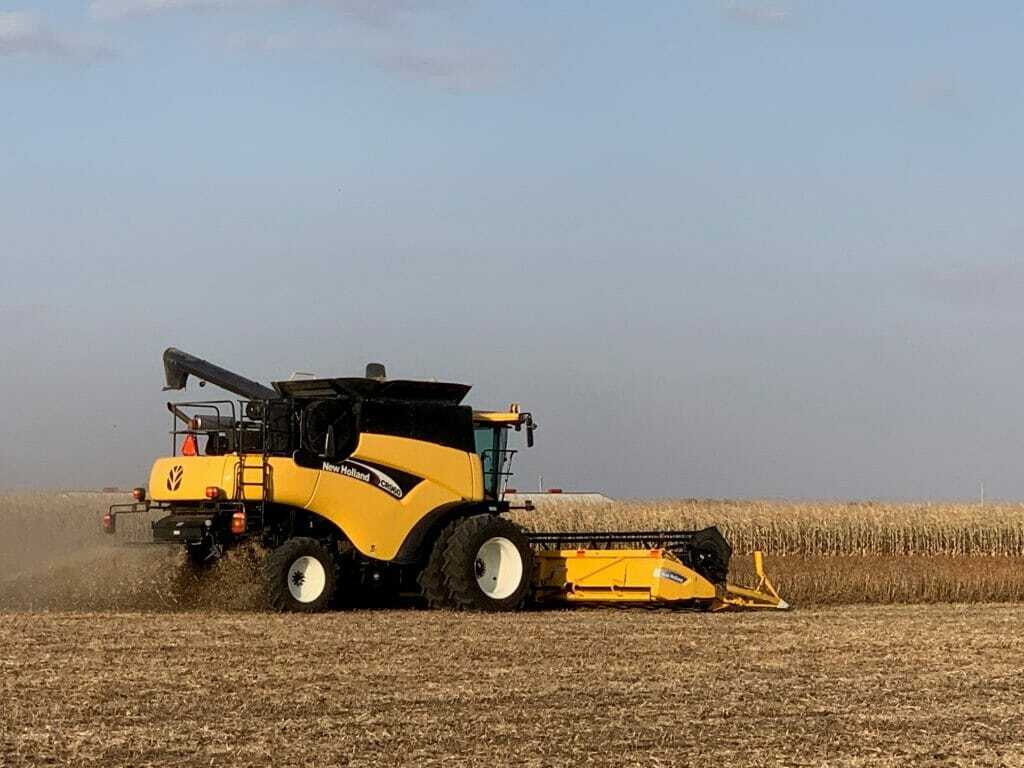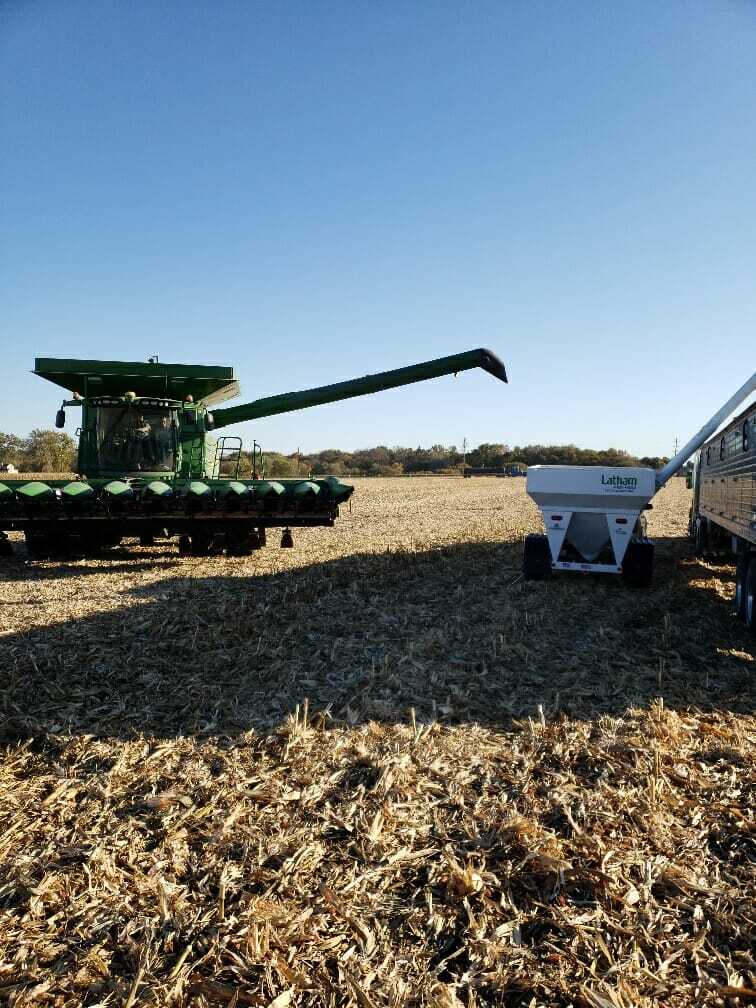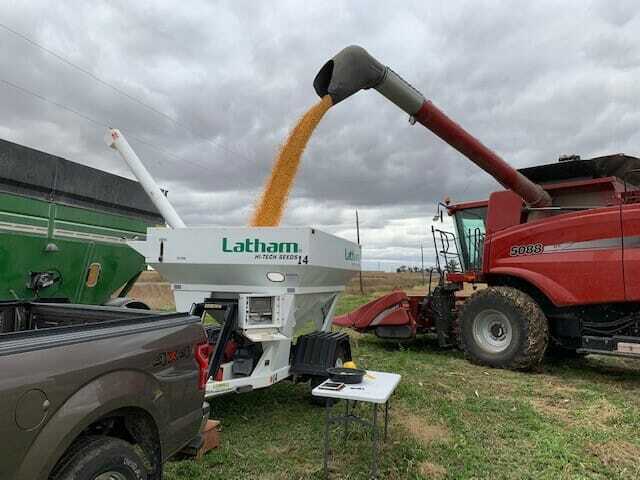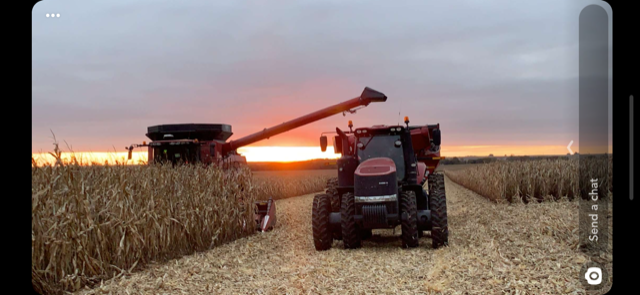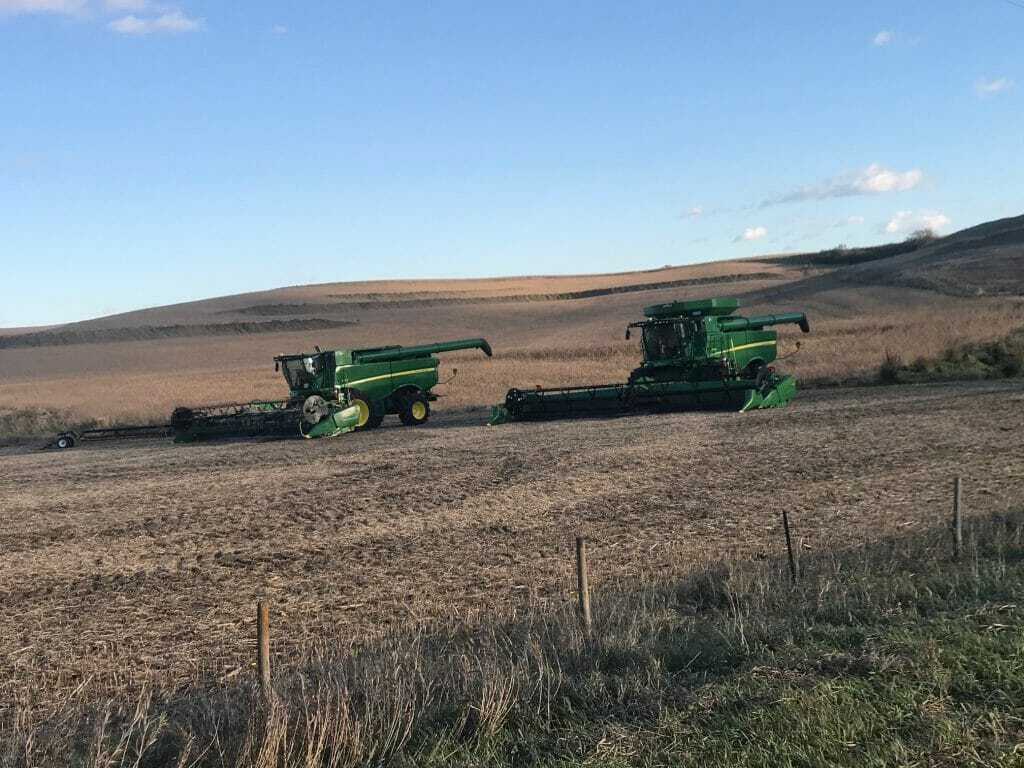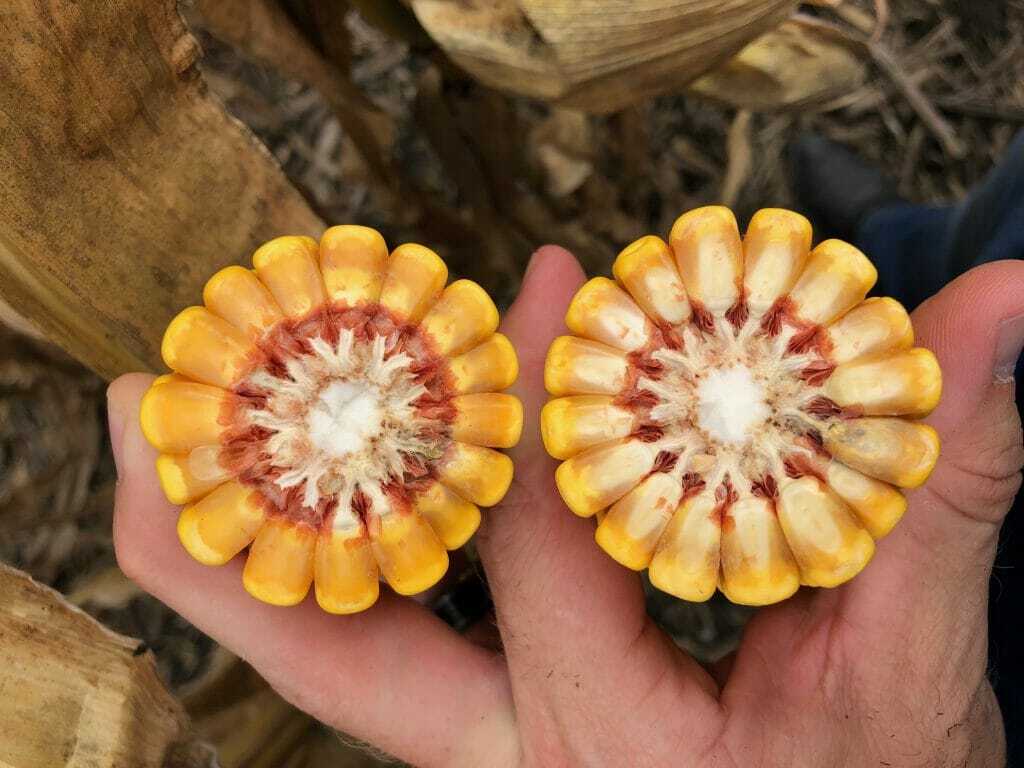Northwest North Dakota
Brian McNamee
On October 10, we received 20 to 26 inches of snow from Jamestown to Devils Lake, or approximately 100 miles north to south. The good news that after a nice warm week, all the snow is melted. He bad news is that all that runoff has filled an already saturated river basin. I haven’t seen flooding like this since the spring of 2009.
Southeast North Dakota
Gary Geske
Now that the sun is shining again and a stiff breeze is blowing, corn harvest is once again underway. The weather forecast looks favorable for several days.
Northeast South Dakota
James Keltgen
There were four days last week where farmers were able to harvest. Conditions weren’t ideal, but more rain was in the forecast. Yields are ranging from 30 to 60 bushels an acre with moisture ranging from 14 to 18 percent. Lower yields came from fields that were lower and wetter. Corn moisture is still ranging from 24 to 30 percent.
Southeast South Dakota
Ramie Coughlin
More rainfall has slowed harvest, but farmers across Southeast South Dakota are doing what they can. Some are finishing silage; some are combining wet corn, while many others are working on soybeans.
Northern Minnesota
Ken Highness
Slowly, but surely, farmers have found their way back into fields. Some farmers in my region have a great crop in some fields, but extremely wet conditions are preventing them from getting to it. After all the snow and rain we’ve received this fall, some fields may not get harvested this year. We need extended dry, windy weather before winter sets in. In this picture, we’re harvesting a Latham® plot near Barney, ND.
Southern Minnesota
Justin Prokosch
We had a few really nice days last week, so farmers got a significant amount of crop harvested. This photo was taken over the weekend as these young farmers helped with yield calibrations.
One inch and a half to two inches of rain fell across many parts of Minnesota early this week, bring harvest to a stop for a few more days.
Northern Wisconsin
Joe Salter
Soybeans have been coming off slowly as frequent rains continue to delay harvest. We harvested a Latham® SuperStrip plot in the southern regions of Wisconsin. Early results L 2295 R2X and L 2193 E3 are doing very well!
North Central Iowa
Cory Greiman
The weather has once again put a stop to harvest. Another one to 2.5 inches of rain fell over the weekend and into Monday.
Northeast Iowa
Craig Haaland
This Clayton County farmer planted Latham® 5249 SS RIB. It went 233 bushels per acre, and moisture was around that 25 percent. A lot of soybeans were harvested last week before the rain fell on Saturday. Many farmers finished soybeans while a few hours still need a good day or two before they will finish. Very little corn has come out so far. Another inch of rain fell here Monday, so we’re hoping to get back in the fields this weekend.
Northwest Iowa
Jeremy Joynt
Much of Northwest Iowa received an unwelcomed amount of rainfall, which has slowed down harvest. Plot results continue to come in, so keep an eye out to see how well Latham® is doing again this season!
West North Central Iowa
Bart Peterson
Eastern Iowa
Jerry Broders
Harvest kicked into high gear this past week.
Western Iowa
Larry Krapfl
Many combines have been sitting idle since Saturday night. We were hoping for drying conditions, but this week’s wind was more than we bargained for. Soybean harvest is 80% done, so many farmers will finish soybeans this week.
Strong winds have blown for the past three days, breaking almost all the tops out of the corn. It’s very easy to determine which way the wind came out off.
East Central Iowa
Aaron Steenhoek
Harvest across Central Iowa came to a grinding halt last week after an inch or more of rain fell. Full-season soybeans that were planted in June were tough to harvest in places yet last week, but they should be ready to combine once we the fields dry out. Corn is finally below 20 percent moisture with some fields testing as low as 16 percent. Pictured here is a girthy ear of LH 6187 DG PRO RIB. This field is still standing strong after the high winds that have blown during the past couple of days.
West Central Iowa
Eric Croghan
Strong winds the past couple days have allowed us to gain a better understanding about the importance of late-season plant health. It’s important to keep plants healthy and well feed to avoid the spread of diseases and stalk cannibalization.




